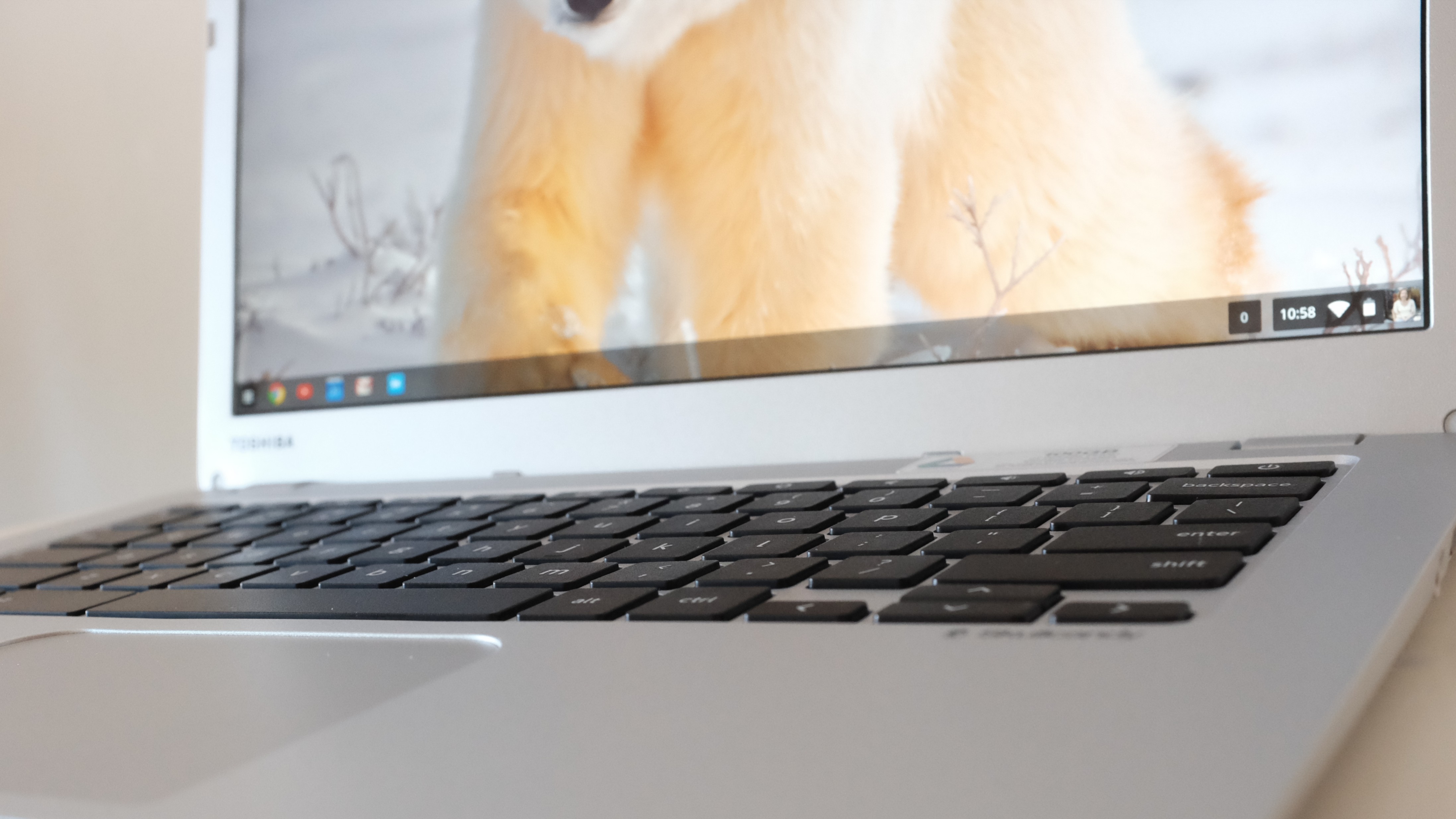Your kids. Chromebook leads laptop and desktop sales through U.S. commercial channels to schools, according to NPD. Education is overwhelmingly the primary market for the computers. The institutions can’t buy enough of the thangs, for their utility and low-cost compared to notebooks running either OS X or Windows. That cost is as much about extended webapps and services from Google (or its developer partners), available for free or comparatively next-to-nothing, set against software for the other platforms.
Wrinkle in the Google firmament: iPhone and Chromebook are like water and dirt. The sediment settles unless shaken up. Sure youngsters can do all their Googly things—Docs, Gmail, Maps, Photos, YouTube, etc.—on iOS but the experience is smoother and more homogenous when mixed Android and Chrome OS. What the kiddies lack, and their educators, is a swath of useful apps like the Apple kids get.
Market That Matters
Think about it. Yesterday at its annual developer conference, Google unveiled plans to bring Android apps to Chrome OS, which churned some excitement across the InterWebs. But for whom? Coincidentally, or not, a month after IDC released first quarter PC shipments there were news stories about Chromebooks outselling Macs. How conveniently timed for Google.
“Chromebooks have outsold Macs in commercial channels during the ‘high season’ for K-12 sales (April-August) for the last three years”, Stephen Baker, NPD’s vice president of industry analysis, says. “Even off-season Chromebooks in commercial channels outsell Macs and iPads combined—so this is a trend that has been happening for awhile”.
Three years? The majority go to schools, and adoption accelerates. “Chromebook sales in commercial channels have increased by 28 percent in the first four months of 2016 vs last year”, Baker says.
Putting Android apps on Chromebook creates greater synergy among devices running either of Google’s platforms. The Alphabet subsidiary seeks to make Android all the more appealing for the most-likely Chromebook user: School kids. Apple devices are the intended collateral damage, despite Big G’s continued support for iOS.
Device Synergy
Mobile is huge for the search subsidiary, regardless of platform. During the first day Google I/O keynote, execs revealed that: more than half of search queries come from mobile devices; one-quarter of queries are from voice (“OK, Google”); 600-plus new Android smartphones launched this year (Seriously?); there have been 65 billion app installations from Google Play.
Meanwhile, a bunch of new home-grown Android apps or services are coming in 2016—Allo, Assistant, Daydream, Duo, and Family Library , among others. With more American K-12 students using Chromebook every month, many of them also using Android, and Google wanting to increase their numbers, the new strategy is as much about the kids as adults—greater based on my analysis.
Ah, but there is a catch. The earliest school adopters may find their laptops hanging from the gallows in a cold wind. Initially, starting next month, only three models—Acer R11, Asus Flip, and Google Pixel 2—will support Android apps on Chrome OS. A much, much, much longer list will be certified later in the year. But there are some surprising, head-turning omissions, like the original Pixel, which remains a powerhouse compared to most of the other laptops listed.
That said, most Chromebooks will be certified for running Google Play/Android apps, and, again, the majority are used in schools—in the United States, at least.
Editor’s Note: A version of this story appears on BetaNews.
